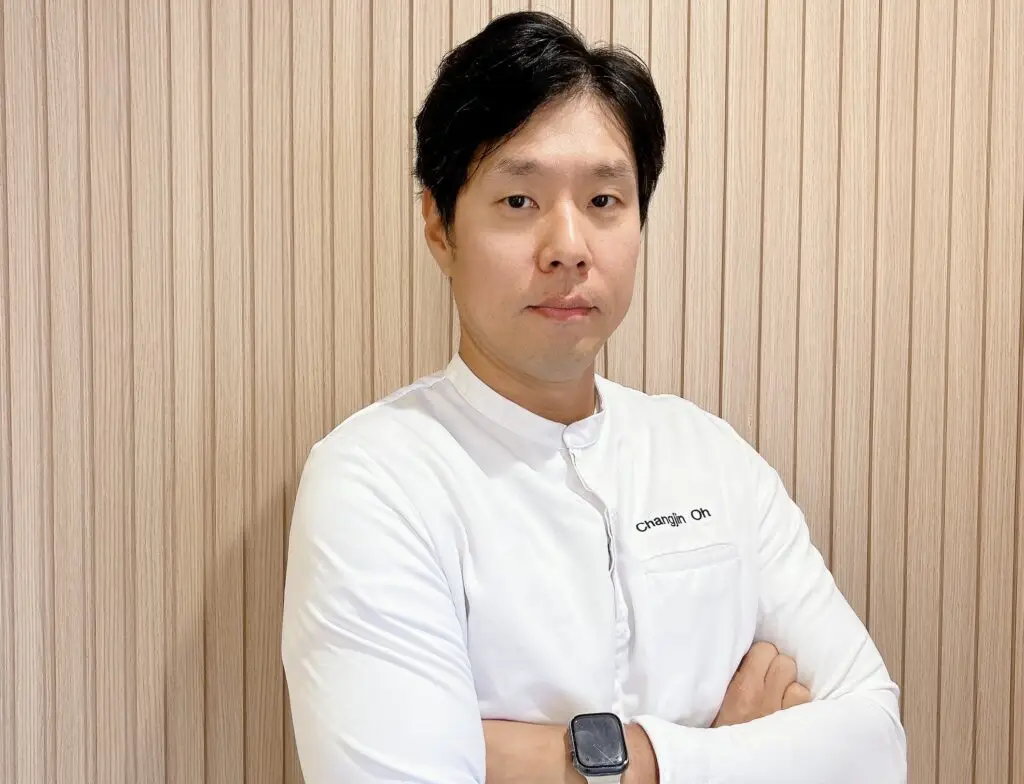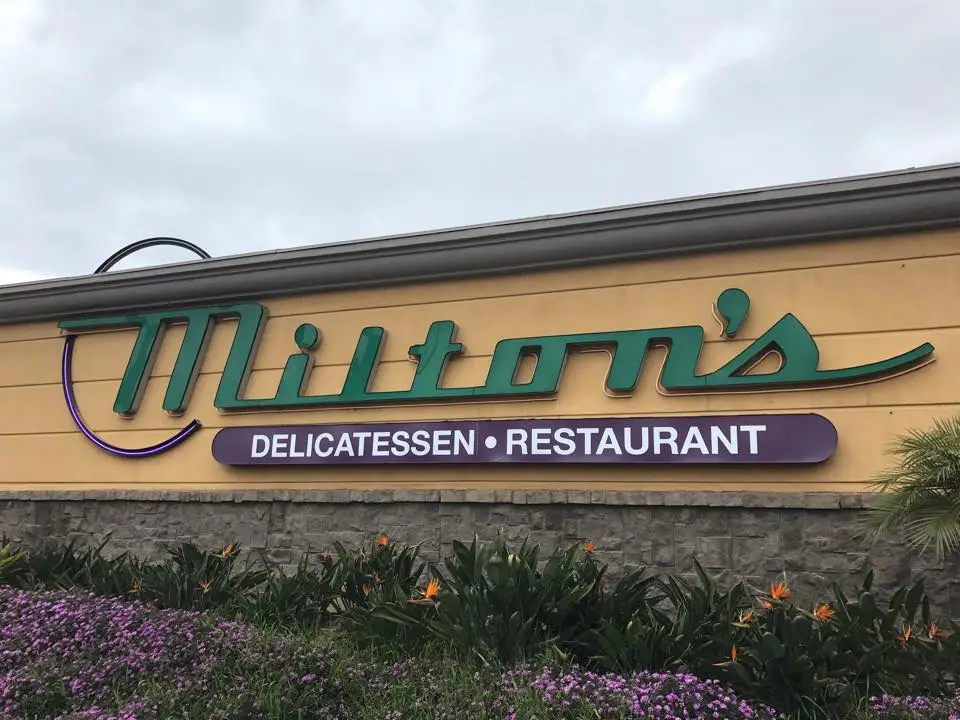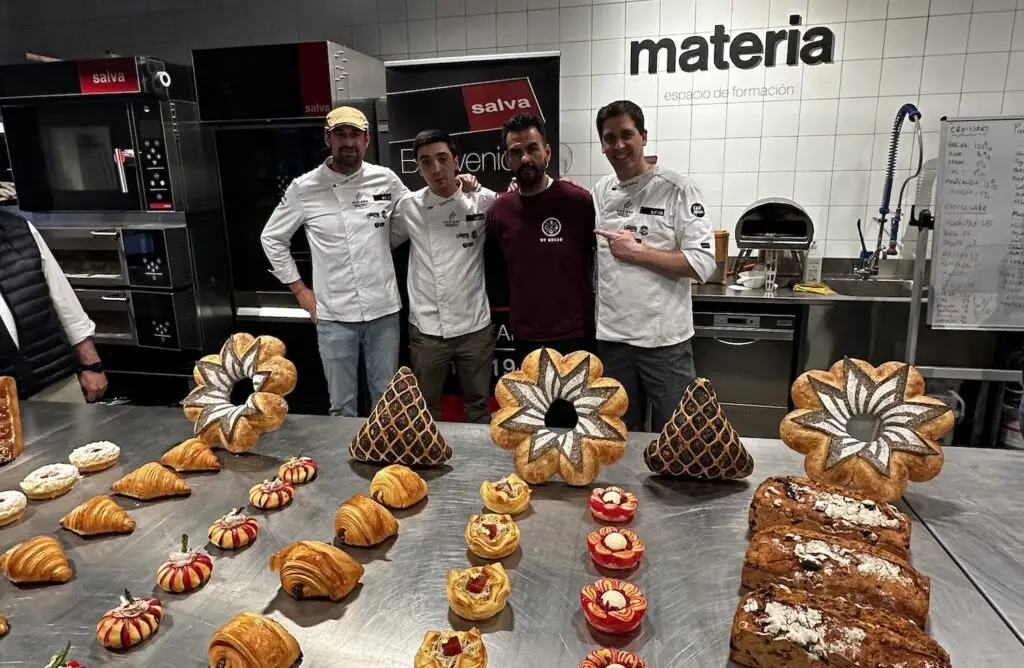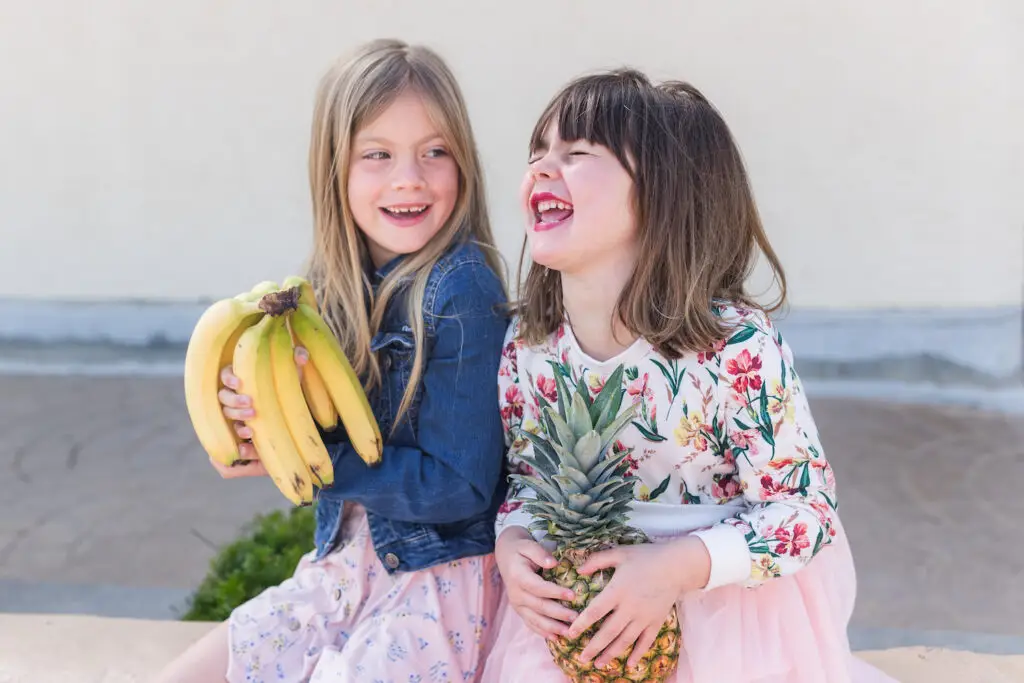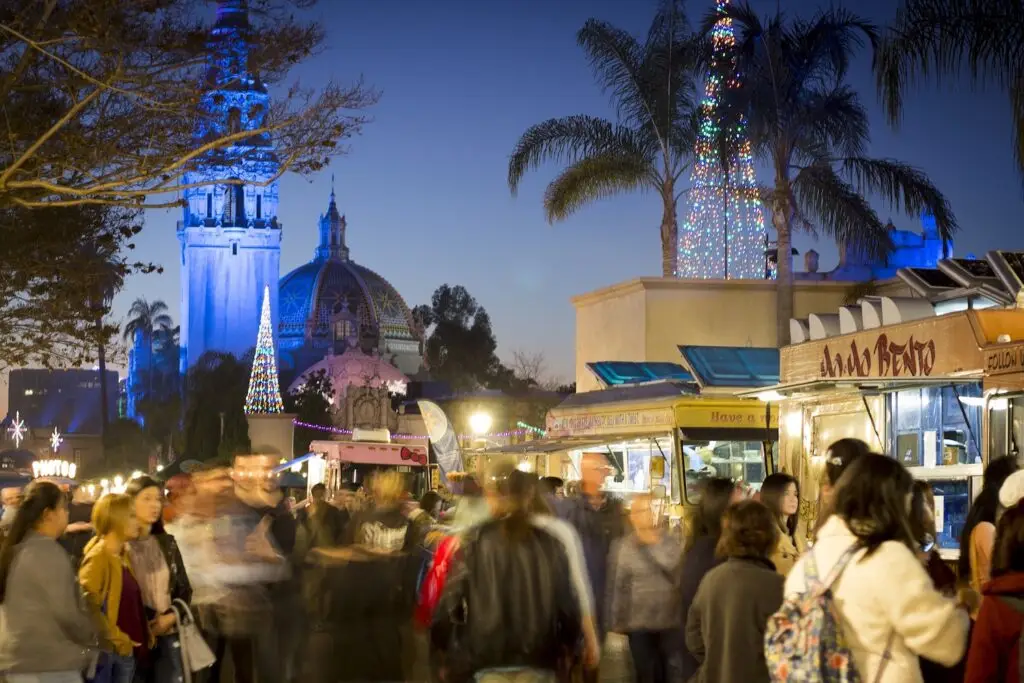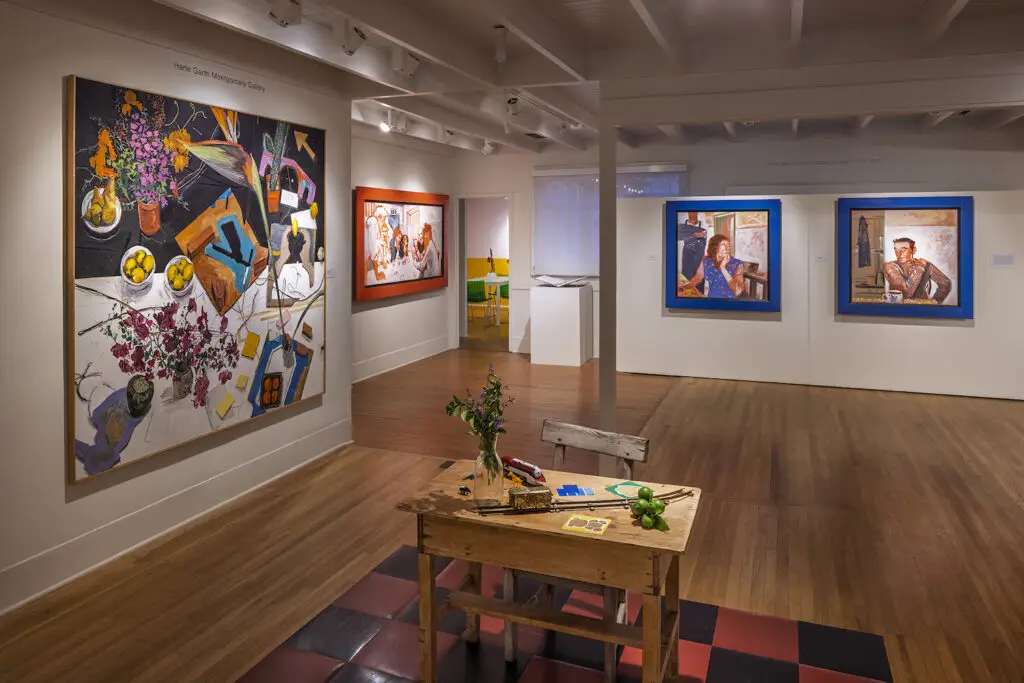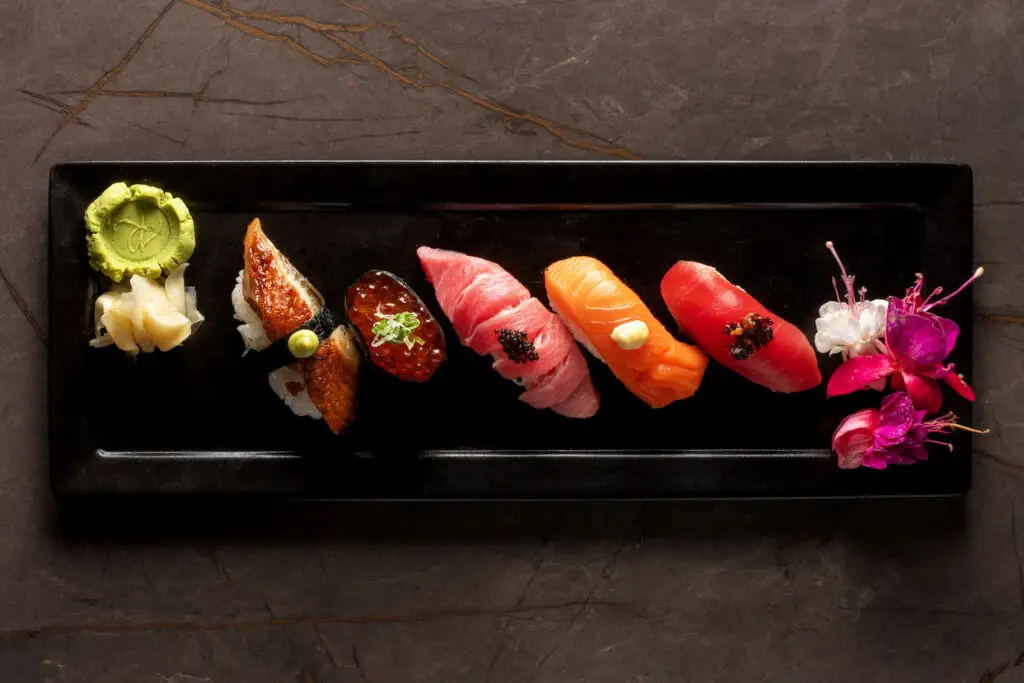After a career in the restaurant business, Paul Naylor decided he wanted to get into professional brewing, so he did. It didn’t take long for Paul to learn the ropes—in fact, his internship was something of a trial by quick fire. On the first day he showed up at Vista’s Aztec Brewing Company, the guy who had been doing most of the full-time brewing was leaving. Literally. That day. So, one day is precisely how long Paul had to learn the system.
Luckily for Paul (and Aztec) he was a quick study. In short order, he was brewing the Aztec lineup on their original 3-barrel system that required doing side-by-side batches, with two mash tuns and two kettles going at the same time. [Paul still fondly recalls the name they had for the system: “Psycho-Brew II.”]
Now Paul gets to work on a nice 15-barrel system, and he’s settled into his role as Aztec’s head brewer quite comfortably. Sipping on a crisp and refreshing El Dorado Blonde (accompanied by an awesome taster of Mayan Macaroon Brown—laden with flavors of coffee, vanilla, coconut, cinnamon, and ancho chiles) I sat down with Paul to talk about his evolution as a brewer, where he gets his inspiration, and why he loves doing flavored beers.
You’ve been with Aztec a while now, right?
I came on right at the one-year anniversary mark. We’re right between our fourth and fifth anniversary right now, so it’s been about three-and-a-half years.
Did you come from another brewery?
No. I was a home brewer and I cook. I was the general district manager for Pat & Oscar’s for about thirteen years. I learned what home brewing was all about, and I had a bunch of friends who did it. I thought it was a cool thing to do at home, to coincide with all the different menu items I was discovering at the restaurant. And then Pat & Oscar’s went bankrupt and I was left thinking, “So, what am I gonna do now?” I tried to go into other restaurants, to start from the ground up, but I was still brewing every weekend and I decided that was more of a passion than cooking. So I did some home brew club things and saw a bunch of breweries opening up. I frequented a bunch of them—including this one—and I thought, “Why not give it a try?” And I really, really liked it.
How long were you an assistant brewer before Claudia and John [co-founders] said, okay, we’re handing over the reins?
About a year. It was the second anniversary.
And did you feel ready for that?
Kind of ready. Rob [Esposito] was still really the head of brewing operations, but he didn’t really brew anymore. He had all the recipes and we brewed them, and he did all the ordering and business stuff.
And were you developing your own recipes at the same time as well?
I was. For the second anniversary, they allowed me to do the specialty beer for that. It was originally called “Dos,” a double IPA, but now it’s called Hop Serpent. A lot of people liked it and it’s become a full-time beer.
You said you like to get inspiration and advice from other local brewers as part of your recipe development process. Who are some of the folks you feel have been especially helpful?
Well, all the guys at AleSmith, especially Bill Batten. And also Paul Sangster and his team at Rip Current. Paul taught me how to “design” a great beer, like from the ground up—from the water up! His mind works in this amazing way where he can almost taste a beer before he even makes it.
You mentioned that Peter Zien has also been very supportive of Aztec over the years.
Oh, yeah. He’s amazing. I think he’s helped out a lot of people. A very selfless man. And he’s doing a great job.
How do you go about designing a beer? Do you have a finished product in mind, or do you just get inspired by particular beers you experience from others?
There’s a lot of inspiration from other breweries’ beers. A lot of it has to do with what I feel is great at the time. And then I’ll work backwards. I’ll think about how I want it to taste. And I’ll consider what the notes are that I want to hit. Like when I was thinking about doing this brown, I would check out other people’s browns and I would note what I liked and what I didn’t like.
What are some of the browns in town that inspired you the most?
Absolutely AleSmith’s Nut Brown and also San Diego Brewing Company’s brown, which I really like.
Are there any other beers you remember tasting that just totally blew your mind and you wound up saying, “Man, I want to do a beer like this!”
All the IPAs from Alpine! They’ve made some really good IPAs by doing a few things that are little bit different. And they have great water!

Have a Beer with Aztec Head Brewer Paul Naylor
Aztec’s El Dorado Blonde | Photo by Bruce Glassman
Aztec’s El Dorado Blonde | Photo by Bruce Glassman
Have you done any sours yet?
We’ve done two kettle sours and then three barrel-aged sours. We don’t do very many of them because I keep them in the one 3-barrel fermenter we have left. That’s as much as I can make at one time. And those are beers that are only available here in the tasting room.
Can you talk about how your brewing style has evolved since you first started here? Obviously, you came in as an assistant and had to produce other people’s recipes, but now you can do what you want to do.
I came from a background of being at Pat & Oscar’s at the beginning, and quality meant everything. And everything started with the ingredients. Here, in the beginning, when we were trying to make ends meet financially, we started off with less-expensive ingredients, trying to make a profit on the beer, which is really hard on a 3-barrel system! Once we got the 15-barrel system, I wanted to upgrade. I wanted all our grain to come from a better source. Same with our hops. I wanted fresher hops and I wanted us to start using some better varieties of hops. We started out just having four basic hop varieties—Willamette, Cascade, Columbus, and Centennial— and everything wound up tasting a little too much the same. The beers were also a little too bitter and astringent. I wanted everything to pop. Beers have to pop. So that’s something I changed, along with water profiling and other things.
What were some of the newer hop varieties you started using?
We started off with Citra right away. Then some cone Amarillo. Then some Galaxy, Nelson, and Nugget. I wanted to be able to have some real differences in each of the beers I was making.
Are there any new styles or beers you still want to do?
I’m getting more inspired by the kinds of things the original Aztec used to do in the thirties. We’ve already created the Retro Lager—the formal name is All Natural Full Strength Lager—which is kind of like a malt liquor. It’s all natural and it doesn’t have any adjuncts in it. I started off by discovering what that kind of beer meant to Mexico and California at the time it was originally brewed, and I also found out who the brewer was. He was actually from Eastern France but he had a German brewing background. So I had to start figuring how he would have made this beer, and with what ingredients, all from that time period. It was lot of research. Right now we also have the Retro Bock, which is the old bock recipe they had. I’m also doing a pale.
So what’s left on the wish list? Or the to-do list?
There’s always plenty! As long as you’re a good, inventive brewer, you’re going to learn something new every day. And you’re always going to improve on what you do every day and you’re going want to try something new every day. It’s fun brewing beer. And it’s even more fun to break away from the mundane stuff. Once you’ve done, like, the fiftieth or sixtieth batch of Sacrifice Red IPA, you think to yourself, what’s next, man? But even so, you’re always on your toes here, everything’s done by hand—nothing’s automated—so I’m always concentrating and it’s always fun to do.
What’s your immediate plan for taking the brewery into the future? Is it growth in production? Growth in distribution? Growth in the number of styles that you do?
I think those things all go hand in hand. We do need bigger distribution so we can do more in production. And then, when that happens, we can maybe have more room to add production for more sours, for example.
What are your biggest sellers right now?
Well, our blonde and our amber because they’re just great beers for bars. Any bar that wants to sell a flavorful, drinkable beer and sell it quickly will get those. Macaroon Nut Brown, which started as a specialty seasonal, is now a cash cow. People really, really dig it because it’s a beer you can have with dessert or for dessert. I describe it as my grandmother’s macaroon cookies. Other people say it tastes like an Almond Joy. Flavored beers are really big right now. And that beer pays the rent.
Are you thinking of doing some other flavored beers along those lines, then?
Recently we tried a Simrillo IPA, which is a Simcoe and Amarillo IPA. It’s light and flavorful and we added some grapefruit to it. I did a mango one once, but that didn’t turn out so well. We put one of our test batches of the grapefruit IPA—we only had 15 gallons of it—on tap here one night. Usually, it takes two or three days to blow a keg in the tasting room, but that one went out in two hours. That feels good, when people really enjoy drinking your beer. So I guess I have to keep making it now!

Have a Beer with Aztec Head Brewer Paul Naylor
PARTNER CONTENT
Aztec Head Brewer Paul Naylor | Photo by Bruce Glassman
